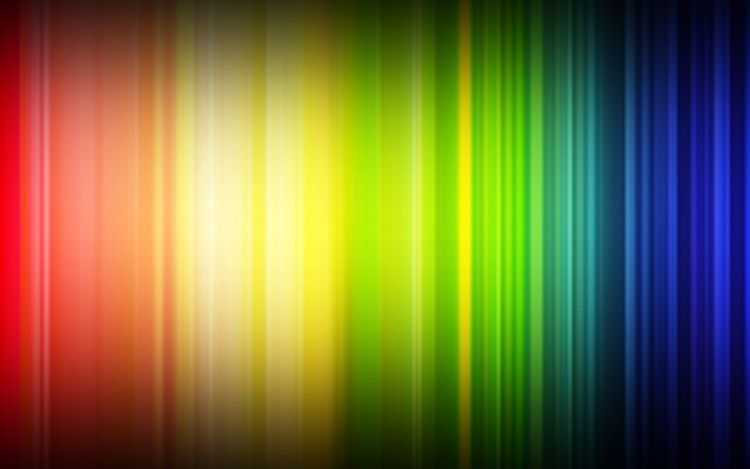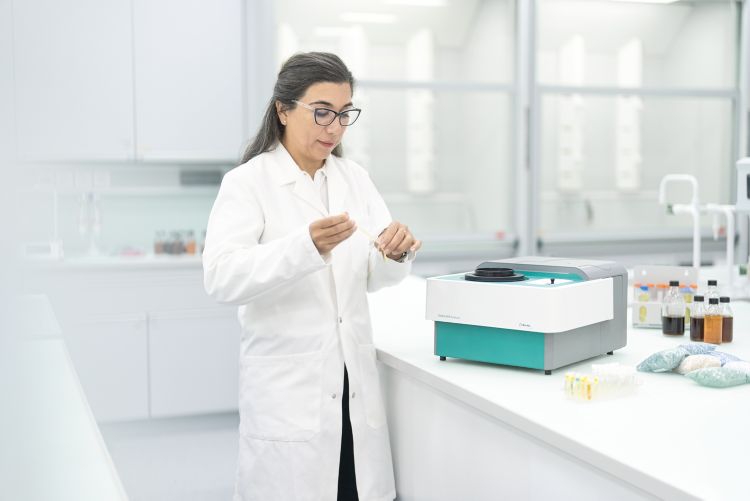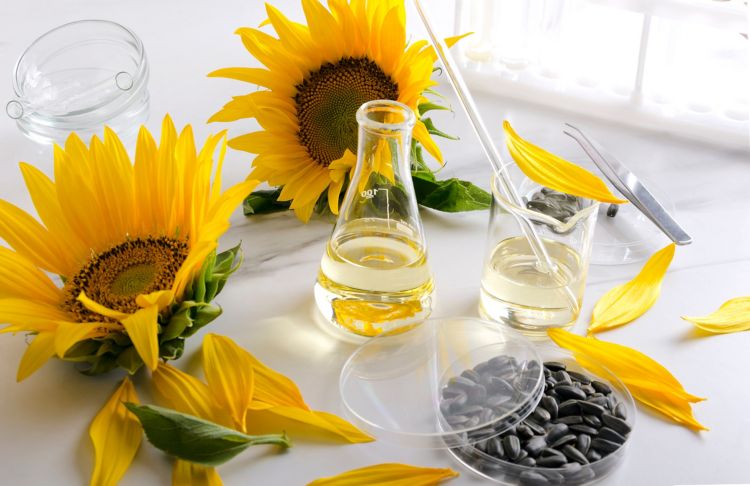NIR spectroscopy in the personal care and cosmetics industry: The ideal tool for QC and product screening – Part 1
27.6.2022
Article
Personal care and cosmetic products are ubiquitous in our daily lives. Most of us wouldn’t readily go out to meet our peers without first practicing a bit of hygiene, which is why these products are so widely used. Personal care products and cosmetics are mainly applied externally (e.g., on hair, skin, and nails) as well as orally (e.g., on teeth, gums, and tongue) either for hygienic purposes, to modify appearance, or for general body maintenance. Some of the many examples of these items used on a regular basis include soaps, lotions, nail polish, concealer, hair dye, fragrances, ultraviolet (UV) absorbers, and antioxidants.
Personal care products are typically used for hygienic purposes and are rinsed away immediately after being used (e.g., toothpaste or soap), though some are meant to leave on the body, like sunscreen or hand sanitizer. In contrast, cosmetics are normally worn on the skin, minimally for a few hours (e.g., lotion, makeup, antiperspirant/deodorant, and other fragrances). Due to their wide use globally, these kinds of products are released in large quantities to the environment after washing or rinsing them off, which can lead to serious harm for other organisms.
Figure 1 shows the value of the global the personal care and cosmetics market for the top five leading countries as of 2020 [1]. This sector is expected to continue growing for the foreseeable future.
![As of 2020, the United States spent the most on personal care and cosmetic products at nearly 100 billion dollars, followed closely by China [1]. 2022/06/27_NIR_spectroscopy_in_the_personal_care_and_cosmetics_industry_The_ideal_tool_for_QC_and_product_screening_Part1_2](https://metrohm.scene7.com/is/image/metrohm/NIRS cosmetics Part 1 Figure 1?qlt=85&wid=1600&ts=1680772739477&dpr=off)
Importance of quality control
Considering the prevalence of these kinds of items in our everyday life, the amount of time they spend on our skin—the largest organ of the body, and the effect they can have on the environment after use, proper quality control (QC) of personal care and cosmetic products is extremely important.
Near-infrared (NIR) spectroscopy is an analytical method that is particularly suited for making QC of these end products more efficient and cost-effective. In the remainder of this article, a short overview on NIRS is presented, followed by some applications suitable for this industry. This overview concludes with some examples about how personal care and cosmetics producers can benefit using NIRS in the laboratory.
 Share via email
Share via email















